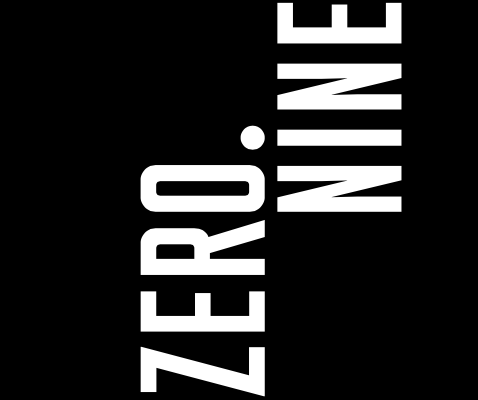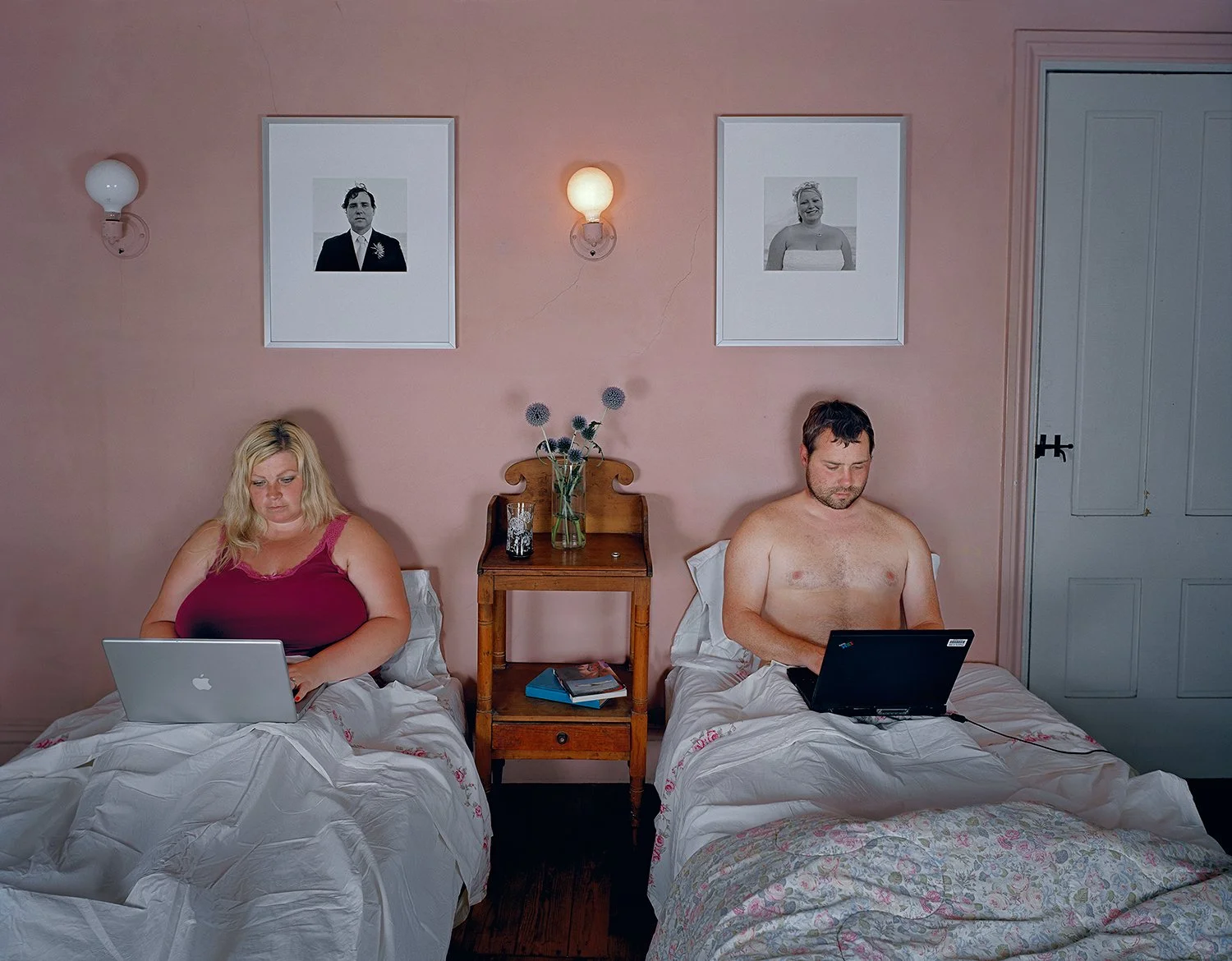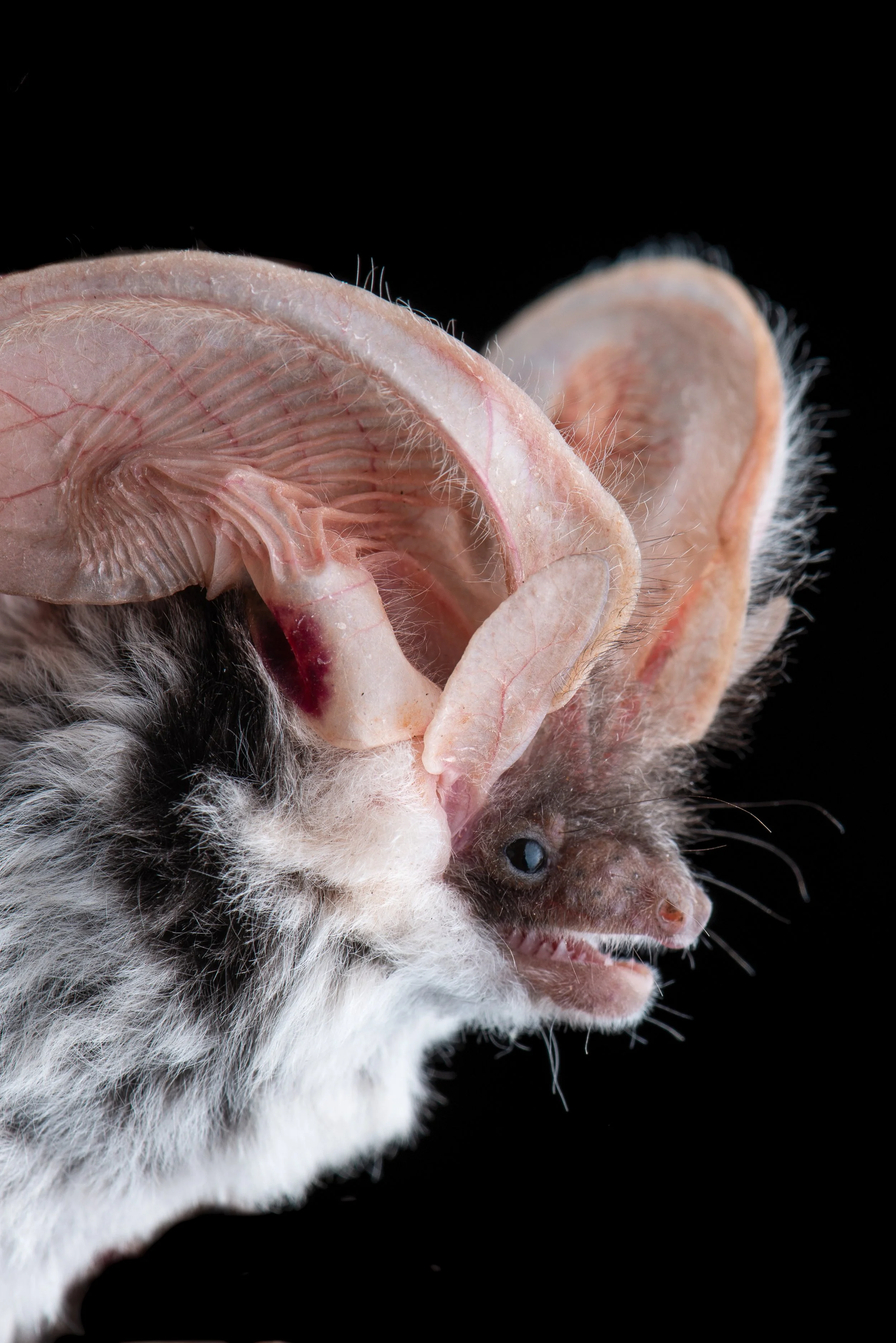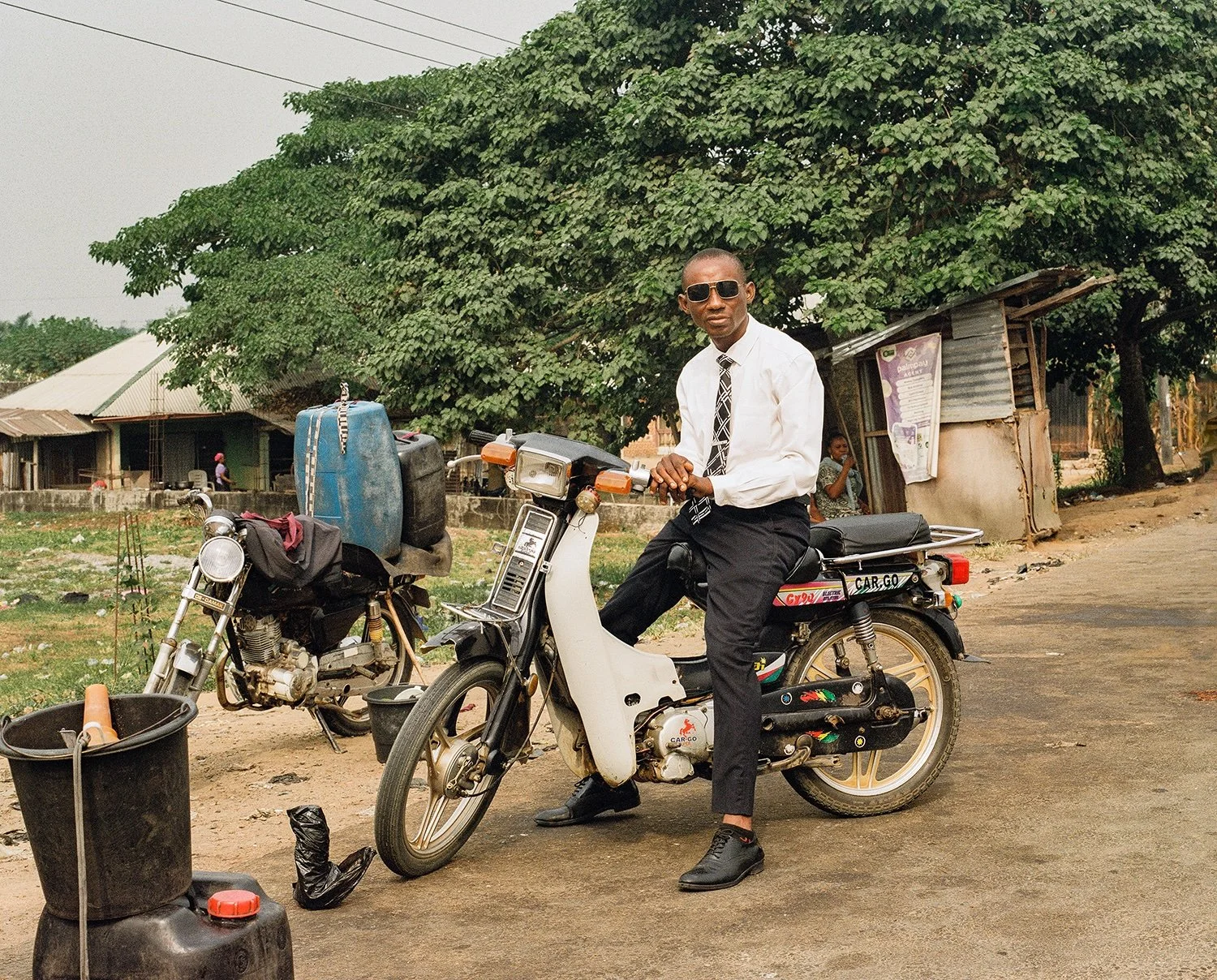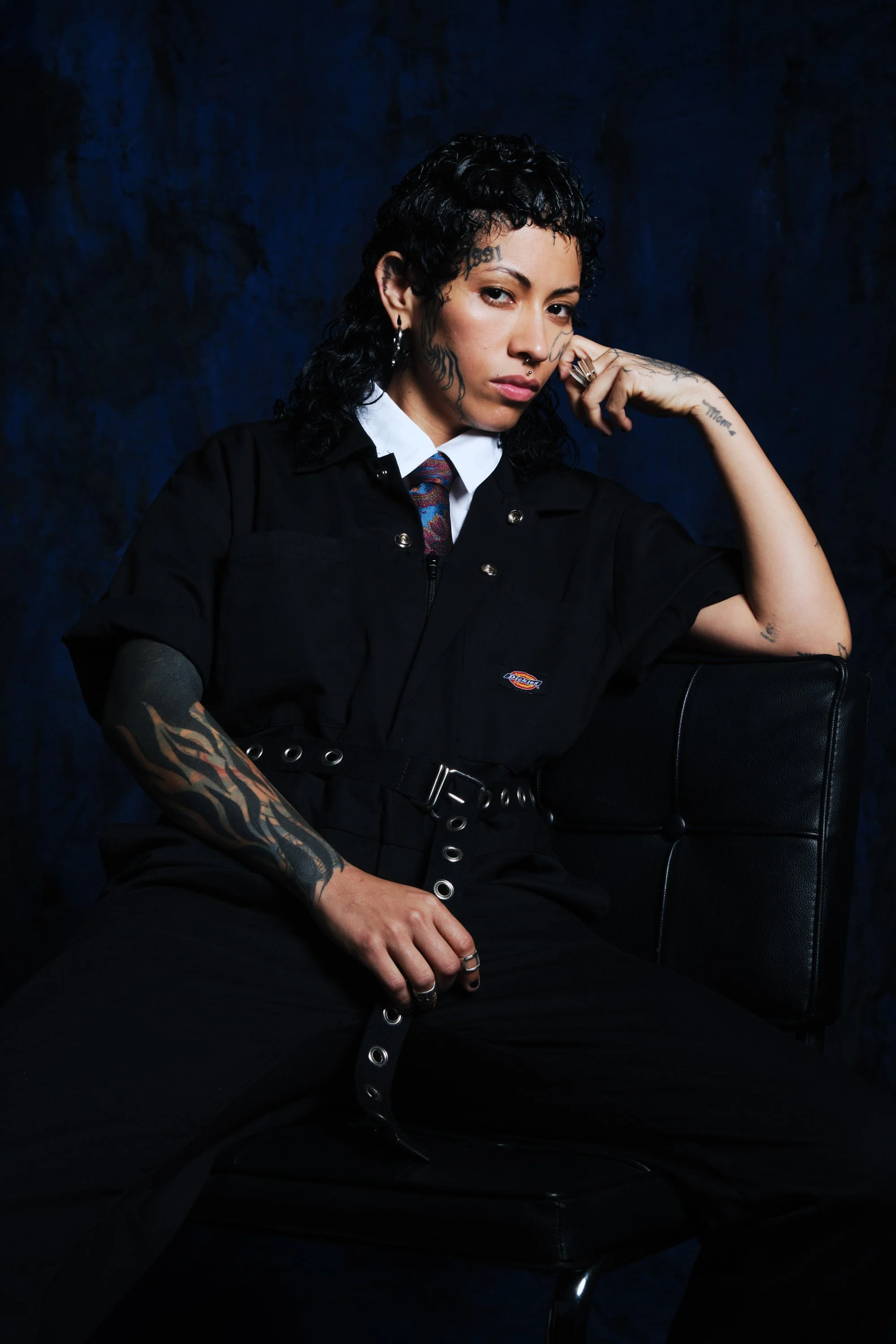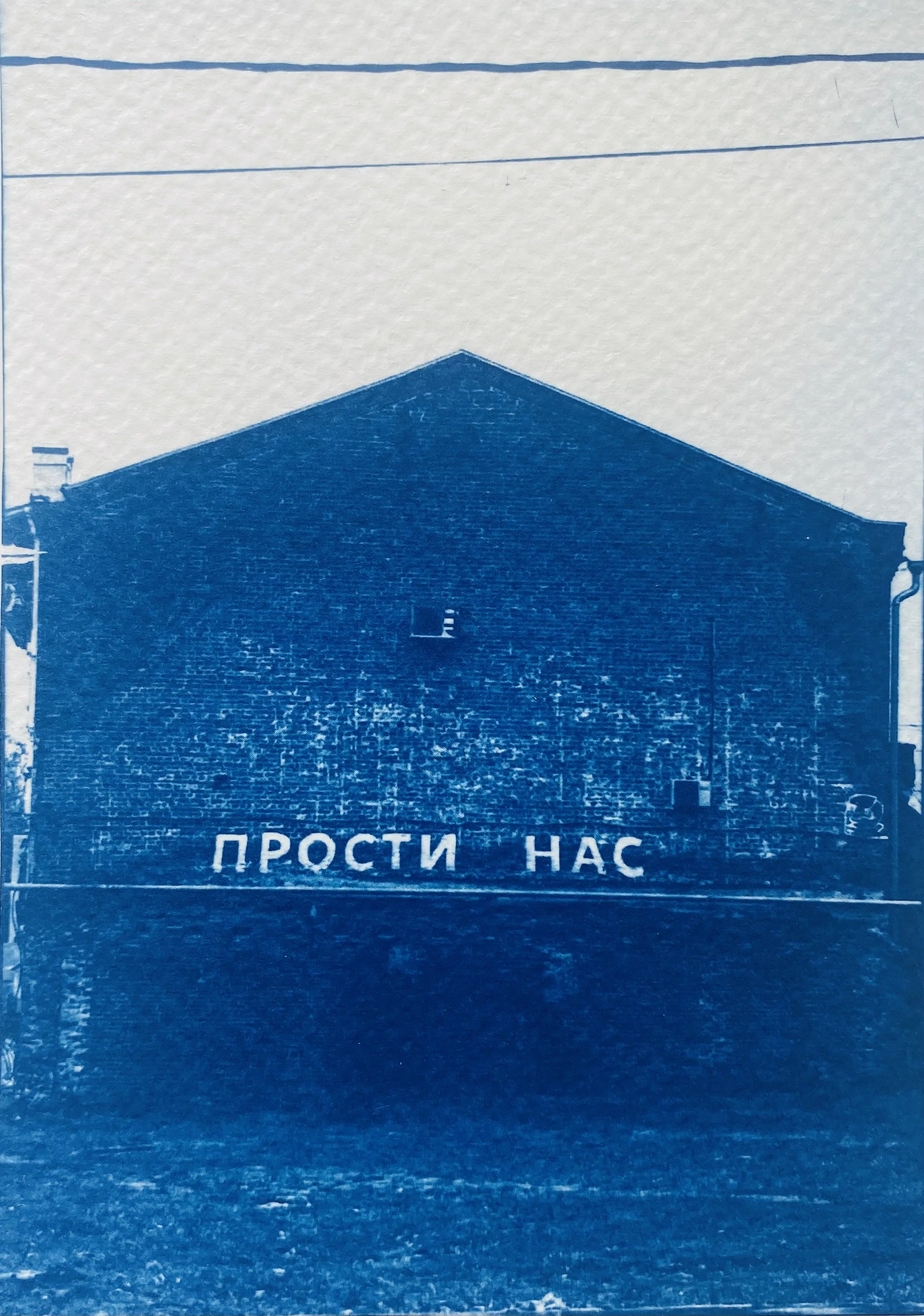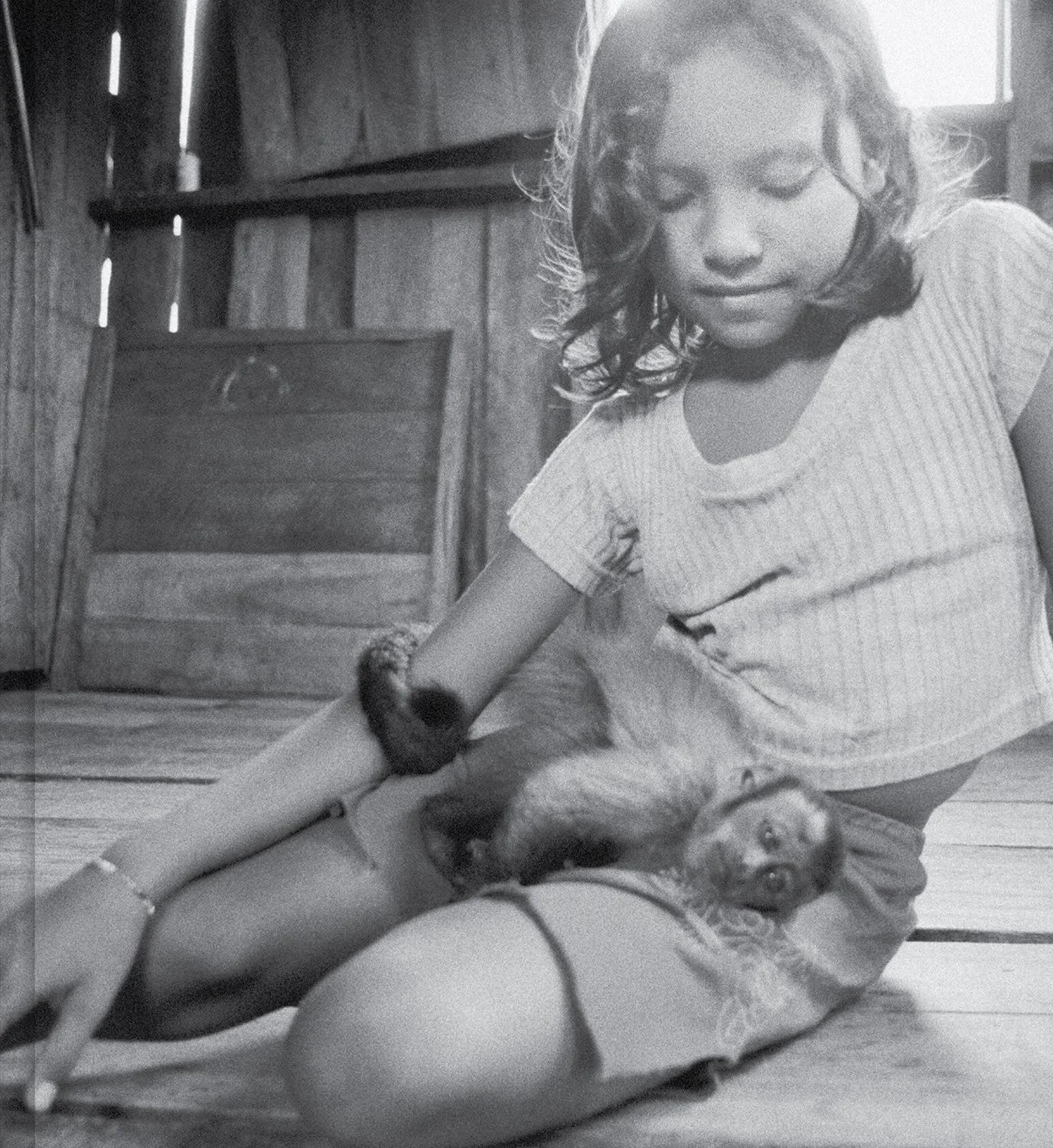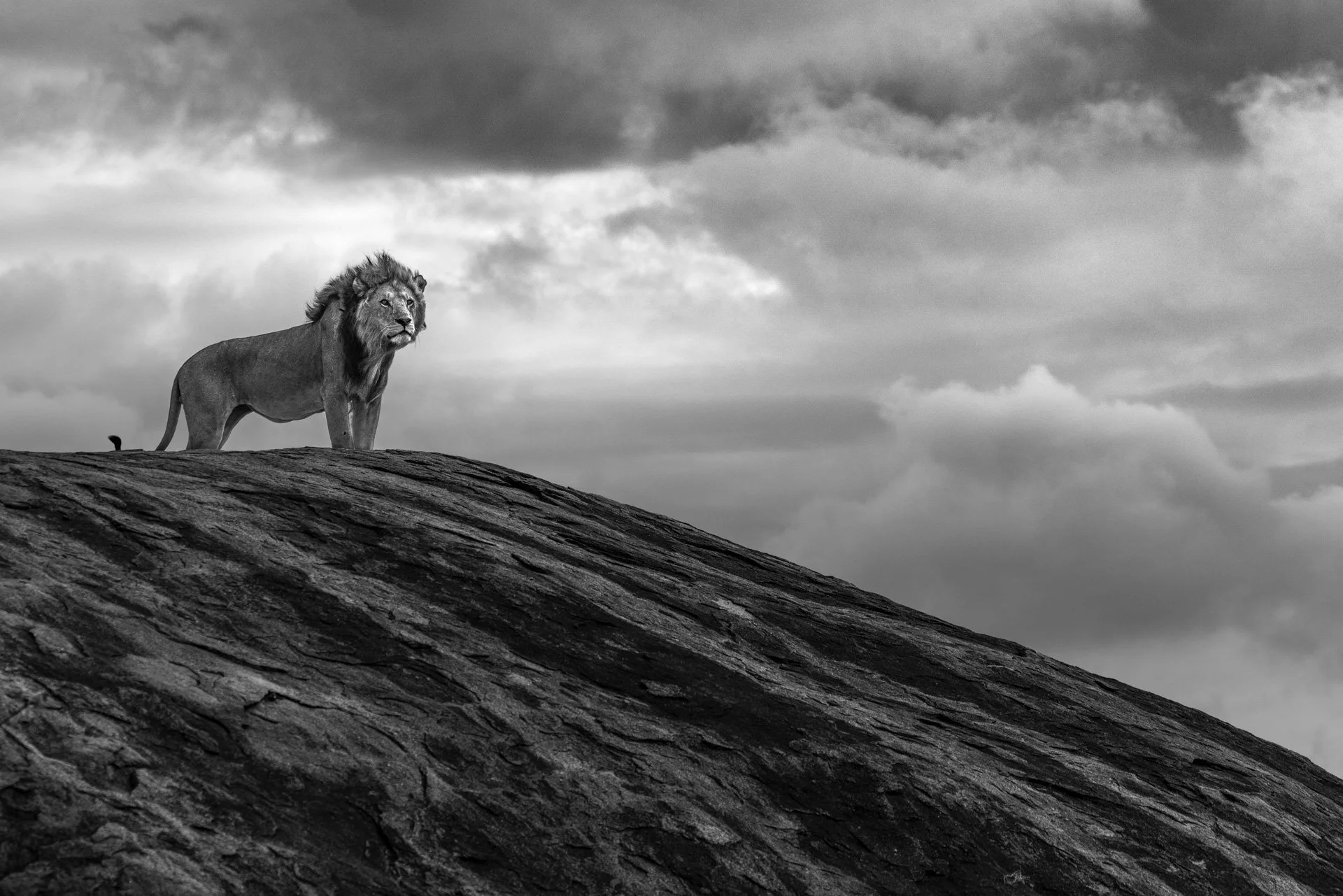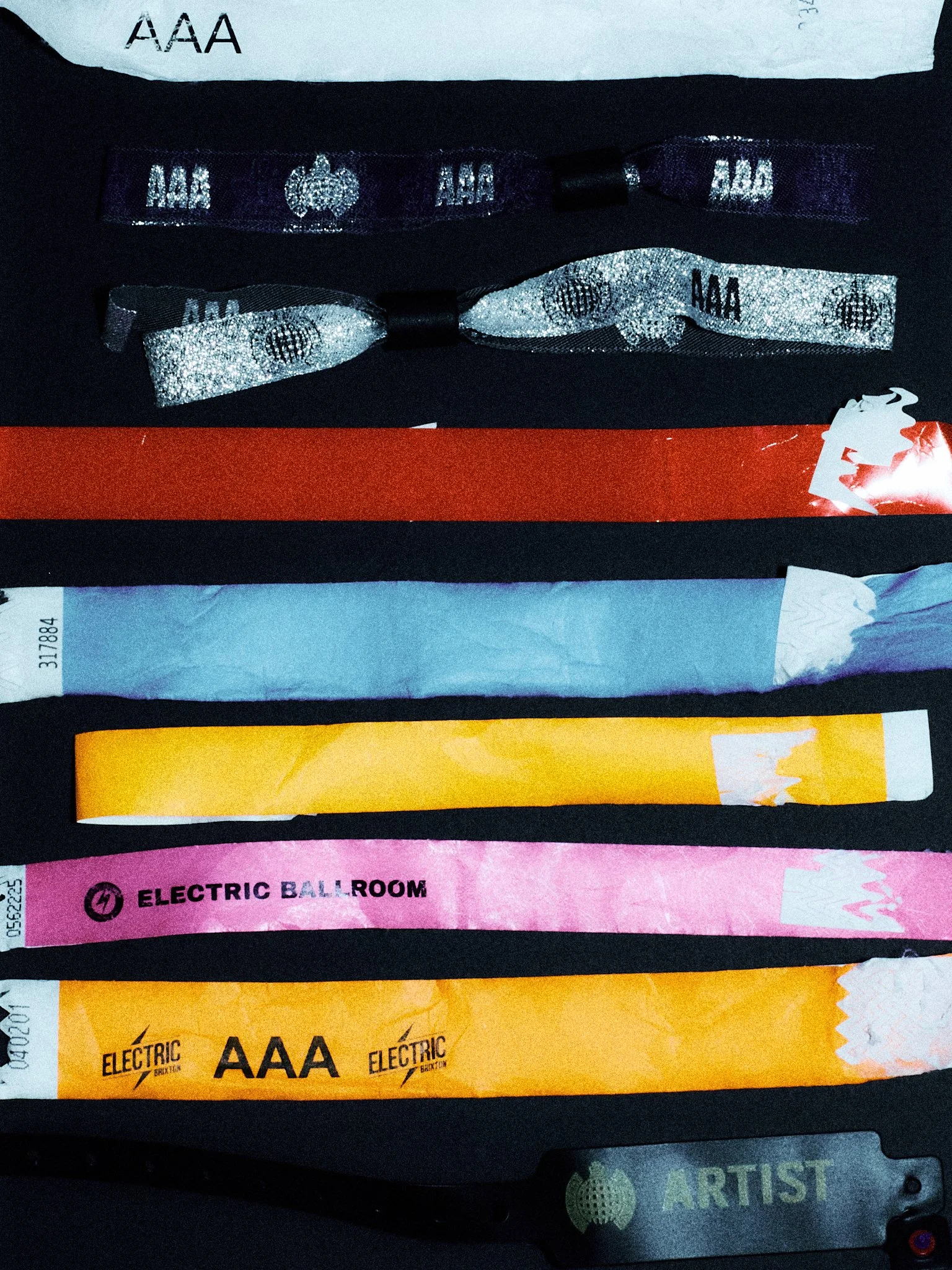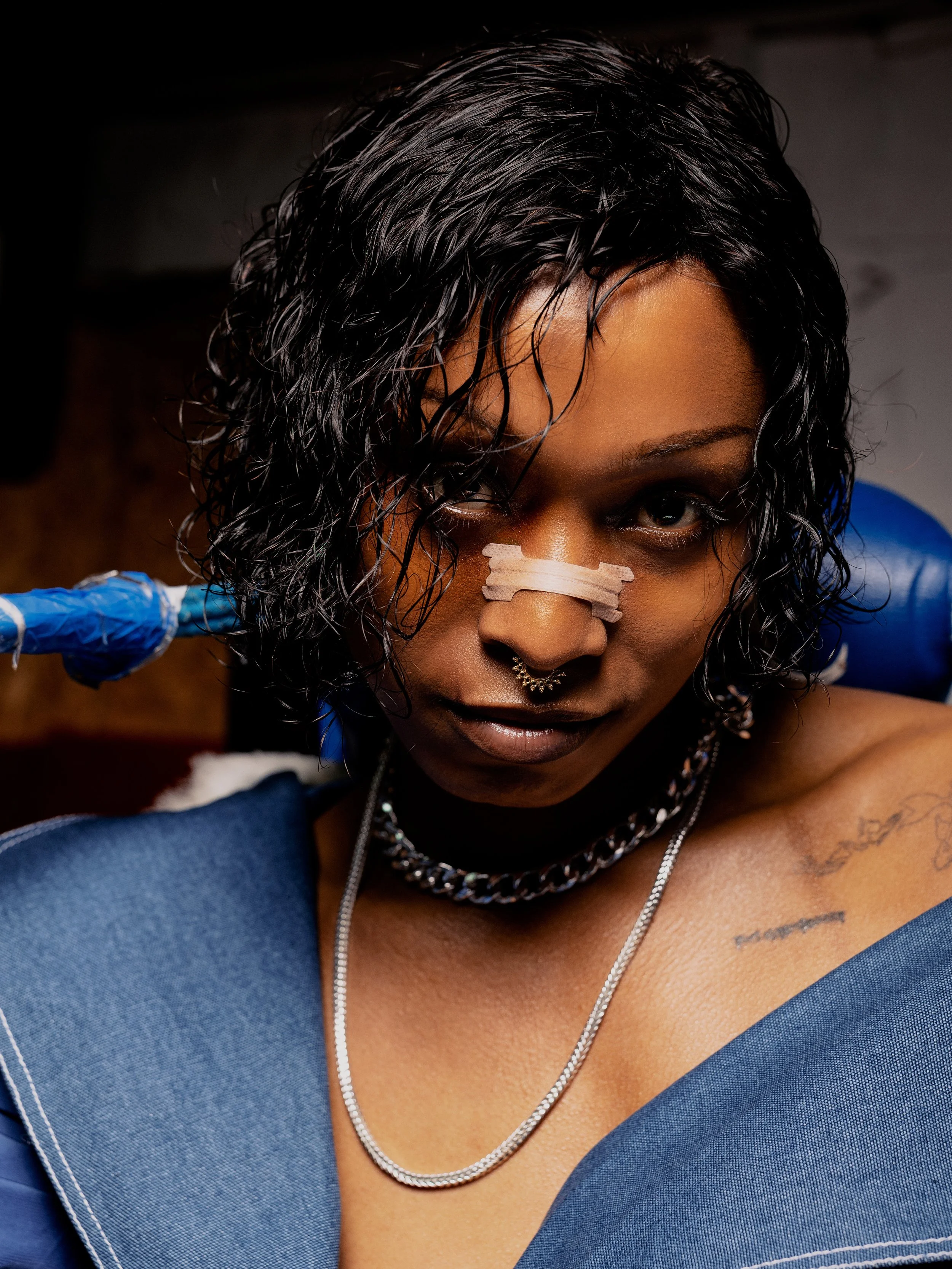La Carne dell’Orso (Bear Meat)
With his project Bear Meat, photographer Carlo Lombardi provides a point of view on the fragile relationship between human beings and nature. Using a combination of contemporary photographs and historical images, he investigates the conservation efforts to protect the Marsican brown bear in the Apennine mountains.
Photography Carlo LombardiThe project aims to provide a vision on the fragile relationship between human and nature through an investigation into the ethical, symbolic and anthropological evolution of conservation practices adopted over time to protect the Apennine bears. Juxtaposing contemporary photographs with historical images from the Abruzzo, Lazio and Molise National Park’s archive presented as “evidence” for factual context, the work brings attention to the anthropocentric approach behind the supposed objectivity of conservation efforts – the aesthetic and symbolic identification with animals as well as our longings projected on nature. It’s a reflection on humanity’s role in conservation endeavors and the subjective factors that drive our choices to protect nature and consequentially define it.
“That was bear meat. Now, many years have passed, and I regret having eaten so little of it. I think and hope that each of you has gleaned from life what I have. Well, none of these things, not even remotely, has the taste of bear meat: the taste of being strong and free, which means free to make mistakes; the taste of being your own master, which means master of the world.”
Primo Levi, The Periodic Table, Iron.
About Carlo
Carlo Lombardi (b. 1988), based between Milan (Italy) and Vilnius (Lithuania), works on long-term projects and commissions using a multidisciplinary approach that involves photography, archive and text. His praxis reflects on how photography can open the space for questioning our motives and desires – bringing out the paradoxes that clash with our beliefs and values, revealing how much they are influenced by the cultural and political context in which the observation takes place. In his projects, he often delves into identification of collective symbols and biases behind singular narratives of exclusion. Since 2018, he has been collaborating with photographer Miriam Stanke as a collective, addressing topics such as the aftermath of war, national identity and transgenerational trauma.
To see more of his work, visit his website or follow him on Instagram
